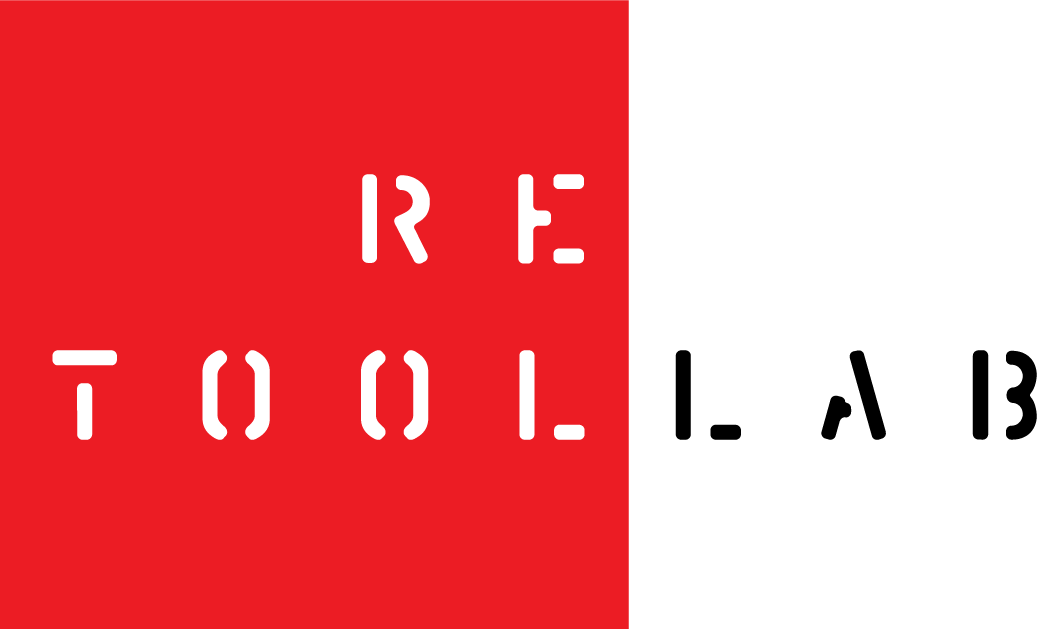The burden of proof and the branding of leadership.
Communicating meaningful identity and mission is a chronic challenge when organizations rely on tactics that aren’t up to the task. Organizations can’t be understood if they aren’t saying anything of value. The most effectively branded organizations never stop communicating what they know, why they stand out, why they are relevant. Leadership branding organizations invite interaction and, by increasing their ability to keep people connected, redefine their financial prospects.
Purpose-driven organizations, nonprofits in particular, have always faced challenges, but the economic downturn of a decade ago created a sense of unease, even panic, that fundraising managers had never experienced and have yet to properly address. They found it daunting to think recession might leave everyone – from government and corporations, to foundations and philanthropists, even the general public – with less money for charitable giving.
Would organizations in the sector survive, let alone thrive? It was time for tough questions, not business-as-usual. To be better understood, better at motivating people to support their work, and better protected from cutbacks, organizations needed to be more effective at stewarding their brands. Purpose-driven organizations have long-pursued branding – consciously or not – in the belief it will help them deal with myriad competitive pressures they are facing. And expectations about the transformative effect of a strong brand are high: possessing a strong brand inspires an organization to act confidently and manage itself from a position of strength. Managers, however, are often left disappointed when, despite the expense, their tactics appear to have minimal impact. Instead of instilling a positive impression, most organizations are realizing the brand association they have created is one that has them looking perpetually cap-in-hand.
The problem is not that the sector struggles with the concept of marketing, but that it defaults to the wrong tactics, either out of habit or because they feel they lack viable alternatives. Communicating meaningful identity and mission is a chronic challenge when organizations rely on tactics that aren’t up to the task. These standard tactics (logos, advertising, mission statements, taglines, media relations, social media campaigns, dramatic new architecture), while desirable and – at times – necessary, will yield only limited results. They are more likely, in fact, to inhibit the spread of meaningful awareness.
Purpose-driven organizations must learn how to break through
the barriers traditional branding tactics create.
Simply put, branding needs a new philosophy.
Whether we’re in prosperous economic times or not, the increasing fragmentation of the marketplace has made it all the more important for organizations to differentiate themselves. A brand is all the associations that come to mind when someone hears the organization’s name. It is a concept, an idea, an impression; not a permanent or unchanging creation but something that will evolve over time. It represents the sum total of what an organization shows the world about itself: what it does, who it helps, why it’s special. So where is the proof of the organization’s distinctiveness if branding is limited to a cosmetic solution? We need to make room for a new dogma that better validates claims and enhances believability.
Building the right brand the right way requires uncoupling
organizations from their reliance on superficial tactics so they can
prove there is meaning and depth behind their marketing claims.
The essential message is straightforward: Organizations can’t be understood if they aren’t saying anything of value. The sector must reckon with its ineffective branding culture to develop a capacity for thinking critically about the branding imperative and adopt more appropriate and effective practices. Even though organizations have long known they can’t meet their goals without an effective brand, it is time they learned they won’t get that effective brand unless they communicate substantively. Only then will they overcome skepticism and build the trust that is essential to effective fundraising and management.
Is your brand always on?
In our view, the most effectively-branded organizations are more than articulate: they never stop communicating what they know and why they matter. Yet most organizations lie at the other end of the spectrum: Although their limited view of branding – which demands “look at me!” or “listen-up” – has given them temporary visibility, it isn’t enough for them to become robust and self-reliant organizations.
Organizations possessing a Leadership Brand, on the other hand, welcome audience engagement with the invitation, “Let’s Talk.” By increasing their ability to engage minds and keep people captivated, Leadership Branding organizations redefine their financial prospects. Their brand is always “on,” always working because they have the arsenal of effective tools to keep audiences interested in their work, to nurture an emotional bond over time, and turn them into donors. Leadership Branding helps them stand out in a cluttered marketplace and proves that their organization is “worth the cost” to politicians, taxpayers, and funders who grudgingly surrender resources – in tight times or not.
